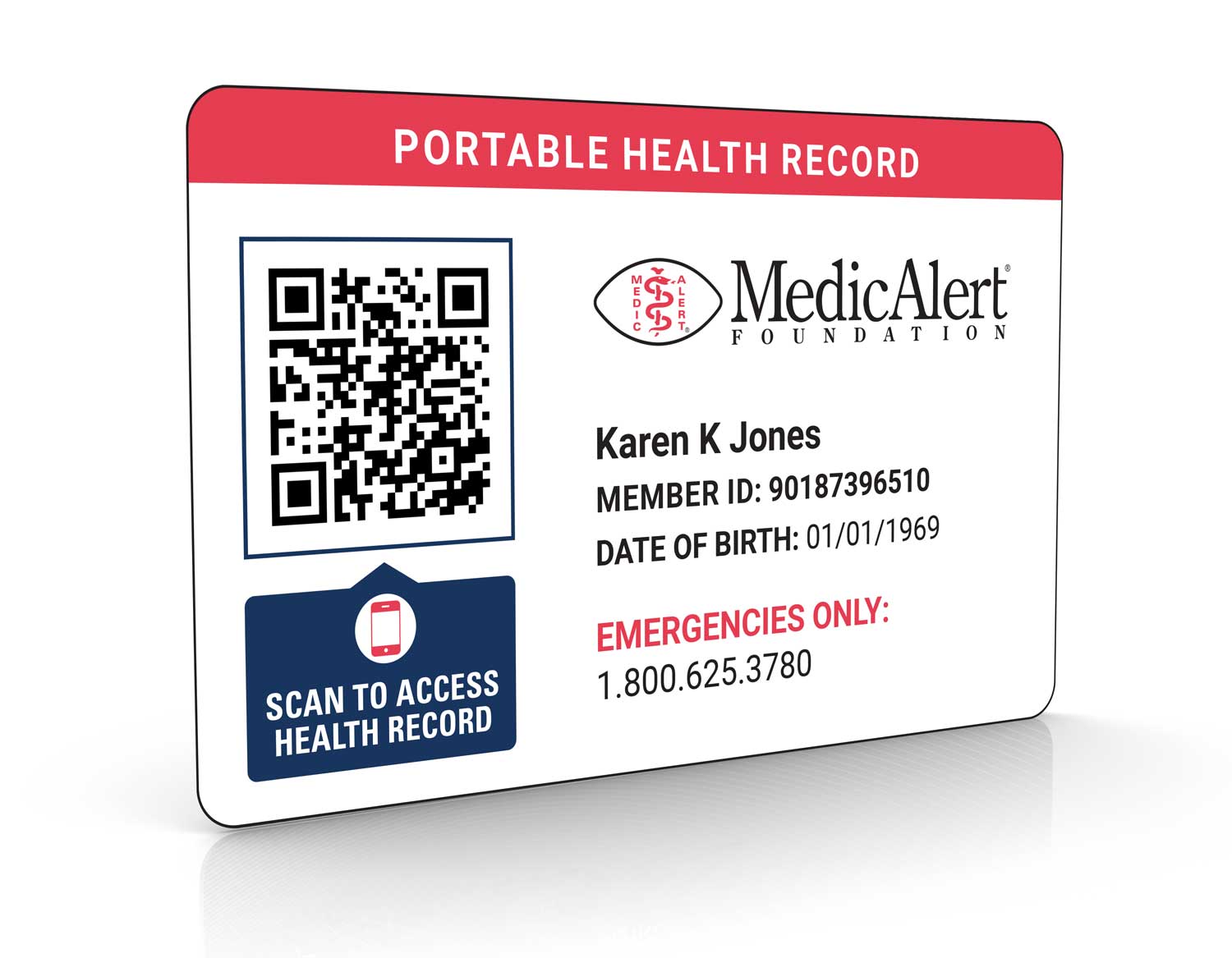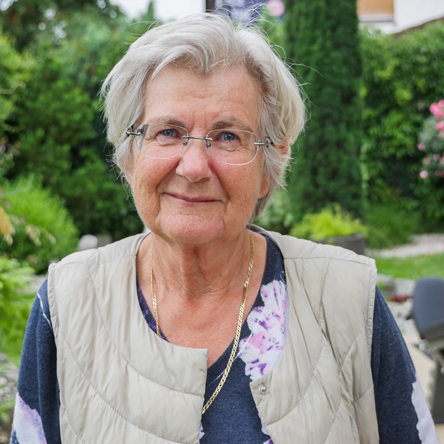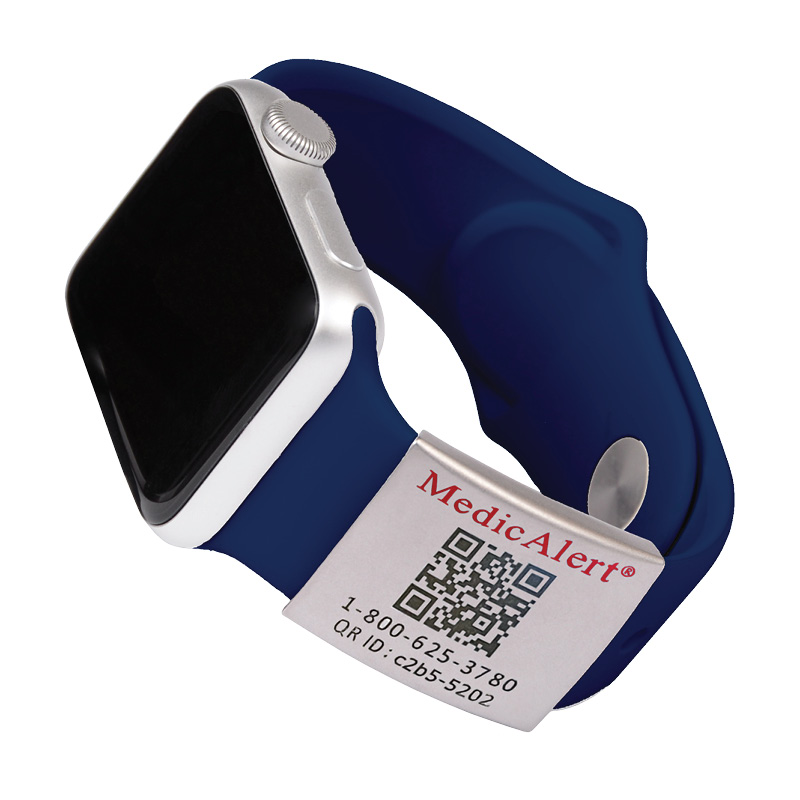Caregiving responsibilities, costs, & solutions
As loved ones age, taking on caregiving responsibilities often seems like the normal circle of life: your parents cared for you when you were young, so now you must care for them when they’re old. After all, isn’t it a blessing to have your parents around into their golden years? Of course it is. But, as much as it’s a blessing, being a caregiver for an elderly parent or family member is also difficult. Like childcare, providing eldercare requires major commitments of time, energy, and finances.
Statistics from the Caregiving in the U.S. 2020 report by AARP and the National Alliance for Caregiving (NAC), show that, “about 48 million Americans provide care without pay to an adult family member or friend, and they do so for an average of nearly 24 hours per week.” A more recent AARP study found that, “78 percent of family caregivers regularly incur out-of-pocket costs caring for a loved one, with the average annual expenditure topping $7,200.”
As a large segment of the population ages, the time and resources needed can be an emotional and financial drain. Fortunately, awareness of this issue and potential solutions, such as paid caregiving leave and direct payment to caregivers, are gaining traction. MedicAlert Foundation’s primary mission is to “protect and save lives,” and we are also concerned with quality of life issues facing individuals and their caregivers who are managing chronic health conditions. The peace of mind provided by a MedicAlert protection plan is just one facet of a fully-developed caregiving plan for elderly parents. We’d like to help guide you toward other resources to assist you in determining whether or not you could receive monetary compensation for your role as a family caregiver.
“...about 48 million Americans provide care without pay to an adult family member or friend, and they do so for an average of nearly 24 hours per week.”
What types of caregiving benefits are available?
There are a variety of benefits available for individuals providing eldercare, but not every program is relevant for everyone’s situation. The specifics differ depending on factors such as state of residence, Medicaid eligibility, military veteran status, level of the recipient’s disability, and the nature of the relationship between the caregiver and recipient.
Can you get paid as a caregiver by Medicaid?
Medicaid services for elder- and long-term care are available for Medicaid-eligible citizens in all 50 states of the U.S. and the District of Columbia. While traditional Medicaid benefits pay for nursing home care, there are newer programs that pay for individualized, self-directed care.
The difference between self-directed and traditional programs is that self-directed programs allow individuals to choose their own at-home eldercare services instead of these services being directed by an agency or facility.
According to AARP, applying for self-directed care via Medicaid involves the following four steps:
Assessment: Your loved one is assessed for capacities, need, preferences, risks and strength
Planning: Your family member creates a written service plan detailing the daily living assistance required, including contingency plans.
Budgeting: If the assessment demonstrates need, a budget for goods and services is provided.
Selection: Once the care plan is set, the care recipient chooses a caregiver. In some states, that can include hiring a family member to provide care. Some programs pay family caregivers but exclude spouses and legal guardians. Others will pay care providers only if they do not live in the same house as the care recipient.
Source: AARP
Self-directed Medicaid programs vary from state to state in terms of eligibility, restrictions, and details about benefits and coverage amounts. There are four basic types of programs under the Medicaid umbrella: HCBS and 1915(c) Waivers, Medicaid Personal Care Services, Medicaid Caregiver Exemption, and Adult Foster Care. Not all of these four types are available in all fifty states, but at least one is available in each state.
More About These Self-Directed Medicaid Programs
Medicaid HCBS (Home and Community Based Services) or 1915(c)

Medicaid HCBS (Home and Community Based Services) or 1915(c) are the most common option, allowing states to pay for in-home personal caregiving and assistance with activities of daily living (ADLs). For these waivers, in-home can mean individuals “aging in place” in their own homes, or in the homes of loved ones.
Medicaid Waivers have an option commonly called “Consumer Direction” in the majority of states. Consumer direction allows the individual receiving care (the “consumer”) to choose or direct who will provide their care. They can choose a family member, who will then be paid by Medicaid. The pay rate is the Medicaid hourly rate for home care in the individual’s state of residence.
Not all states use the term “consumer direction.” It may also be known as Participant Directed Services, Self-Directed Care, Cash and Counseling, Choice Programs, or Self-Administered Services.
Medicaid State Plan Personal Care

Medicaid State Plan Personal Care also allows individuals receiving care to choose their own caregiver, including family members.
The person receiving care is assessed as part of the enrollment process to determine how many hours of care they need per week and, as with Waivers, the family caregivers are paid the Medicaid-approved hourly rate for their state.
Certain states offer personal care services through an option in their state plan called Community First Choice (CFC), although the names of these programs vary greatly from state to state. A program may be called Consumer Directed Care in one state, and Participant-Directed Services, In-Home Supportive Services or Cash and Counseling in another.
Medicaid Caregiver Exemption (or Child Caregiver Exception)

The Medicaid Caregiver Exemption, or Child Caregiver Exception, is fairly complicated, as it doesn’t directly pay an hourly rate for caregiving. Instead, it compensates indirectly, based on the value of the home owned by the elderly person receiving care.
The exemption allows an adult child who cares for their elderly parent in the parent’s home to inherit the home, instead of the state seizing the home or some of its value when the elderly parent passes away.
In order to qualify for the exemption, the caregiver, most often an adult offspring, must also live in the home with their parent and provide care for at least two years. They must also be able to provide medical documentation that their caregiving enables their parent to age in place instead of in a nursing home.
Adult Foster Care

Adult Foster Care is a Medicaid program that allows adult offspring to become adult foster care providers for elderly parents.
The parent receives care in their caregiver’s/adult child’s home, with the caregiver becoming legally responsible for providing help with ADLs, mobility and transportation, and any other personal care needed.
Medicaid pays for caregiving services (based on the amount of care needed), medical treatment and expenses, including prescriptions, but does not give any compensation for room and board. However, this is often supplemented through financial compensation from state funds, varying from state to state.

Are there programs that pay caregivers of military veterans?
Yes! If you are providing care for an elderly parent who is a U.S. military veteran, there are specific programs to financially compensate you for your time and efforts. As with the Medicaid programs described above, applicants must meet certain criteria in terms of age, income, dates of service, and the level of care required to qualify for these three types of veterans’ benefits:
Veterans' Directed Care:
The more commonly known name for Veterans Directed Home and Community Based Services (VD-HBS).
Similar to Medicaid Self-Directed Care programs, Veterans’ Directed Care allows veterans who are currently enrolled in the VA health care system to choose their caregiver. VA medical centers evaluate applicants and if they are assessed as requiring “nursing home level” personal care, they are assigned a monthly budget with which they can pay “any physically and mentally capable family member” as a caregiver.
Veterans are permitted to reside and receive care in their own home or in their caregiver’s home.
Veterans’ Aid and Attendance & Housebound Benefits:
Supplements a veteran’s military pension to cover caregiving expenses for them or their spouse. Veterans who qualify for VA pensions must also meet at least one of the following criteria for this program:
- They require personal assistance with bathing, dressing and eating
- They have a disability which confines them to a bed or wheelchair
- They require nursing home-level care
- They have significantly impaired vision
Veterans or their spouses who are significantly and permanently disabled to the point where they are homebound are eligible for a different monthly pension supplement than the A&A benefits. A&A and Housebound benefits cannot be combined.
Comprehensive Assistance for Family Caregivers is provided as a monthly stipend to family caregivers of disabled military veterans. In order to qualify, the disability or disabling injury has to have been sustained in the line of duty within certain dates and has caused the veteran to require help with personal care and ADLs. Eligible caregivers must be 18 or older and a relative or full-time housemate of the disabled veteran.
Caregivers in this program receive either a full or partial percentage of federal pay rates in their region of residence. The compensation percentage is determined by how much assistance the veteran needs.
For more information on help for caregivers of military veterans, visit the VA Caregiver Support page or call its hotline at 855-260-3274.
What other family caregiver compensation options are there?
In addition to the VA and Medicaid-sponsored programs discussed above, there are many other programs and benefits that could help ease the financial burden of providing care for an elderly parent. These alternatives are like a patchwork quilt of benefits, with some available in certain states but not others, so area of residence plays a big part in what you may be eligible for.
Many states offer self-directed care programs lumped within the term “nursing home diversion programs,” with the aim of preventing unnecessary Medicaid-funded nursing facility placements. Some of these programs allow seniors to choose an adult child as their caregiver, who is then paid an hourly average geographical rate for their caregiving. Eligibility may be dependent on the financial means of the participant.
Other options include life insurance policies with specific death benefits that can be used to pay for family-provided caregiving; long-term care insurance policies; paid family leave laws, which are generally for shorter periods of time, not for permanent caregiving situations; and certain tax deductions and credits which, while not providing direct payment to caregivers, can offer some financial relief.
There are resources available to help you navigate through this patchwork of programs and find the most relevant options for your particular situation. You can access government-sponsored information for your state online or by phone. We have also provided a list of informational resources at the end of this article.
Are you eligible for caregiver compensation?
Caregiver.org includes the following list of five steps to consider in determining whether you qualify to be paid as a family caregiver:
- Use Family Caregiver Alliance’s Service by State tool to find resources in your state
- Ask your local agency on aging whether your state’s Medicaid program will pay a family member to provide care to a Medicaid recipient
- Research additional support programs for family caregivers; online tools include the American Elder Care Research Organization‘s list of available programs and the Paid Caregiver Program Locator
- Reach out to disease-specific organizations, such as CancerCare, which may offer grants or other financial assistance to people with the disease and their caregivers
- Identify your local veterans service office by using the National Association of County Veteran Service Officers’ online locator
We at MedicAlert offer you our best wishes as you face important decisions about providing care for your elderly parents. We hope that this information and these resources will help to make this stage of life a joy instead of a burden.
Join thousands of caregivers who trust MedicAlert.

MedicAlert Membership
24/7 Protection
MedicAlert Member Benefits
Enjoy life-saving benefits like 24/7 support for first responders and wandering protection services.

Wearable Medical IDs
for Mom & Dad
Wearable MedicAlert IDs
A medical ID communicates vital medical information to first responders so you can receive the care you need.

QR Code IDs
Scanable Medical IDs
QR Code Digital IDs
Perfect for members with multiple conditions and complicated histories.
Protection for Mom & Dad. Peace of mind for you.
Since 1956, MedicAlert Foundation has saved and protected more than 4 million lives by providing immediate access to your critical health information. With more than seven decades of experience, our commitment is to protect people just like you.

Debbie & Frank
MedicAlert members since 2012
“If it weren’t for MedicAlert I wouldn’t have known Frank had a heart attack in the hardware store. At the hospital, the ER doctor told me the medical information they got from MedicAlert made a huge difference – and probably saved his life.”

Evelyn
MedicAlert member since 1998
“Between a seizure disorder, heart disease, and too many medication allergies to count, I’ve had a lot of medical scares. Thanks to MedicAlert, I survived them all. MedicAlert was my voice when I couldn’t speak for myself.”





